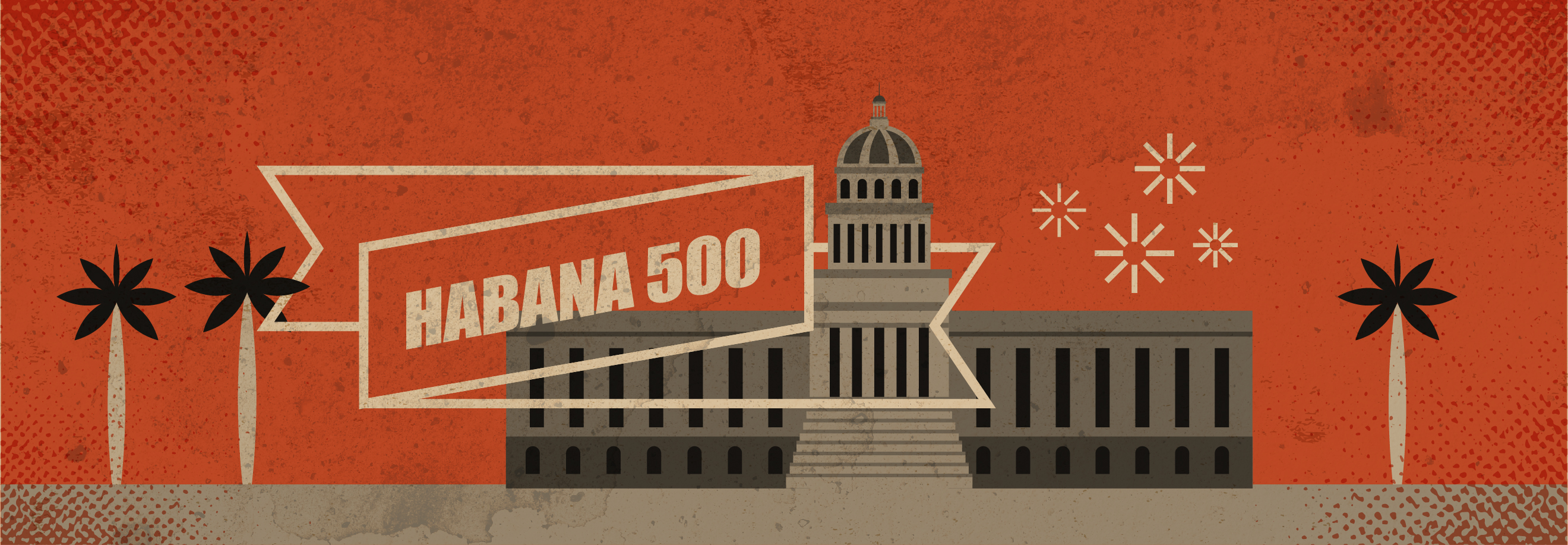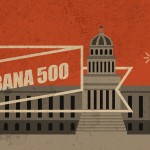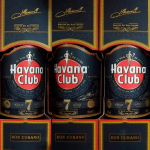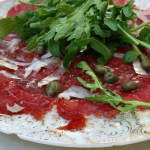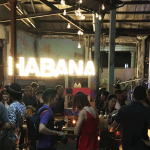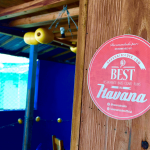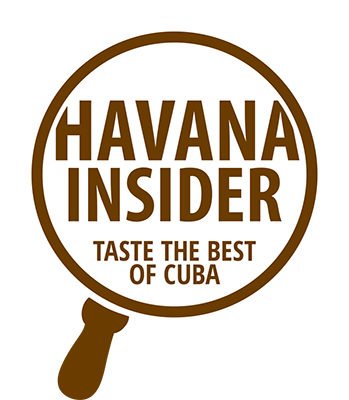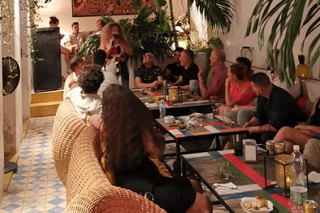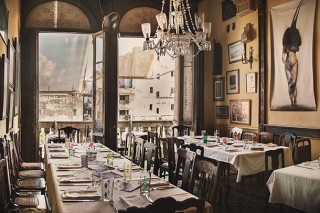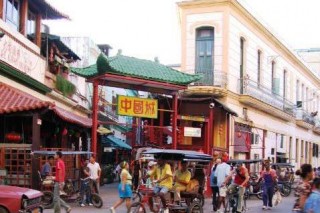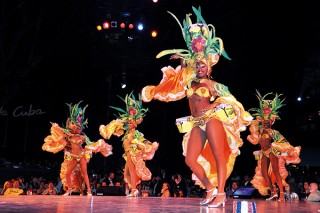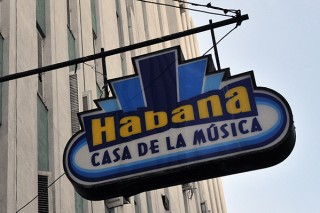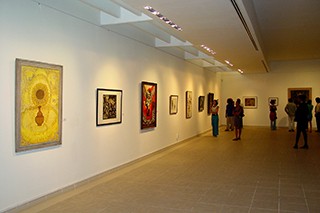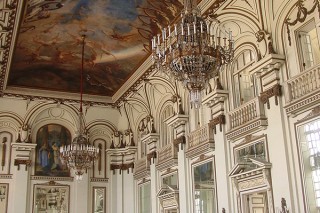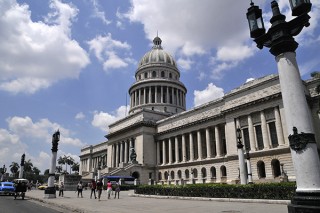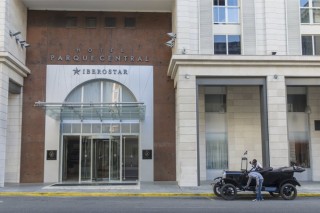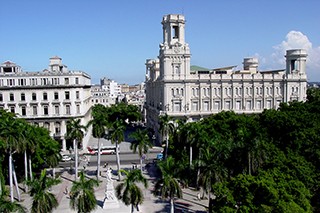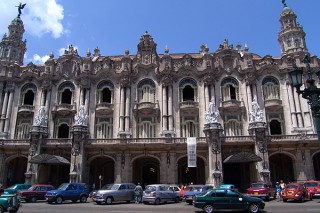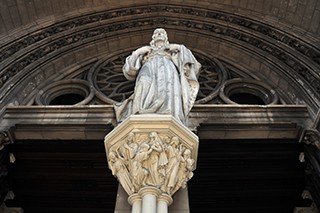Central Havana is the most densely populated area of the city. Visibly lacking green patches, much as in other Caribbean city centers, the neighborhood is packed with colonial style buildings in varying states of repair, block after block, spreading out across roughly 342 hectares. More than 150,000 of the city's two million population live in the area. If you know anything about Cubans you know they perpetuate an ancient and Mediterranean zest for life on the street. Starting mid-day, the streets, squeezed between the buildings become vibrant. Cacophony becomes chorus as vendors hawk salted peanuts, fried pork skin and Cuban bisques; smiling and shouting children chase dogs on uneven cobbled roads; street musicians play; young Cuban women giggle; tour guides shout to be heard; and, somehow, romance fills the air. Central Havana opens a window for time-pressed visitors to get a sense of Cuban life, earthy, jovial, and philosophical. Some of the city's top hotels such as Saratoga and Parque Central are located in this area. So are some of Havana's top attractions, including Chinatown and the Capitolio. Renowned commercial streets such as San Rafael, Neptuno and Avenida de Italian and the leafy boulevard Paseo de Martí are also in this area. Where to eat: Ivan & Justo, La Guarida, La Terraza, Tien Tan Where to stay: Hotel Saratoga, Hotel Parque Central Where to drink: Sia-Kara, Sloppy Joe’s Bar Where to dance: Casa de la Música, Tropicana
By Havana Insider
It’s easy to imagine large groups of friends having drinks and sharing stories in this glamorous bar-restaurant. Located in Centro...
By Havana Insider
La Guarida, one of the first private restaurants in Havana, has become synonymous with fine dining in Cuba.
By Havana Insider
The Barrio Chino or Chinatown in Central Havana has become a unique sight in Havana, an essential fabric of the Chinese immigrants' history in Cuba.
By Havana Insider
Tropicana, a legendary cabaret that first opened its doors in 1939, remains to this day one of the classic spots in Havana’s night life.
By Havana Insider
Located in Central Havana, it is often referred to as “La Casa de la Música de Galiano” to differentiate it from its Miramar analogue.
By Havana Insider
The magnificent Museo Nacional de Bellas Artes (Museum of Fine Arts) is a showcase of world and Cuban art, setting Havana's tone as a major art city.
By Havana Insider
Museo de la Revolución has a large exhibition of photographs, documents and memorabilia detailing Cubans’ struggle for independence and Fidel’s guerrilla revolution.
By Havana Insider
The resplendent El Capitolio standing solemnly in Centro Habana is one of most iconic buildings in the country. Inspired by...
By Havana Insider
Until the Saratoga was operational this was the best hotel in Havana. This attractive, large (427-room) hotel in Parque Central, opened in the '90s, is one of the newer additions to the city’s roster of top hotels.
By Havana Insider
The Parque Central is huddled by some of Havana’s most famous landmarks such as El Capitolio, Gran Teatro de La Habana, Manzana de Gomez and Payret Cinema.
By Havana Insider
There’s no better place to enjoy the pinnacle of Cuban performance arts than in the Gran Teatro de La Habana (The Great Theatre of Cuba).
By Havana Insider
Iglesia del Sagrado Corazón de Jesús is one of a few Gothic buildings in Havana. It remains the country’s tallest and most beautiful Catholic church.



